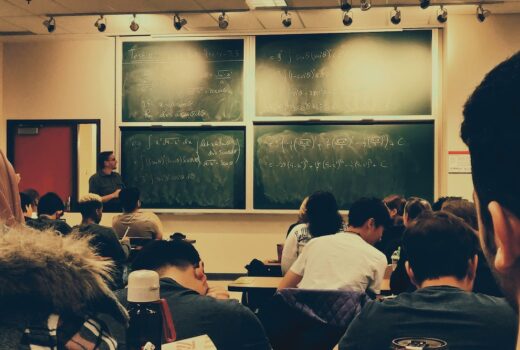Onderwijs en werk

Het landenrapport over Nederland biedt weer veel stof voor een feitelijk en comparatief beleidsdebat. De voorzet van Jet Bussemaker over de inzet van hoog opgeleide vrouwen in de arbeidsmarkt krijgt vanuit de OECD bijvoorbeeld wel een impuls. Ook de discussie over werk en beloning van leraren wordt vanuit de experts in Parijs nog eens gerelativeerd. “Lower secondary school teachers with 15 years experience can expect to earn USD 63 695 compared with an OECD average of USD 39 934.”
De belangrijkste punten van aandacht in de cijfers zijn:
1] Jeugdwerkloosheid
As in other European countries, the youngest generation was hardest hit. Among tertiary-educated young adults (25-34 year-olds), the unemployment rate increased by 1.4 percentage points between 2008 and 2011 (reaching 3% by 2011) against an average of 2.2 percentage points across OECD countries (7% in 2011) and 2.9 percentage points across the EU21 countries (8% in 2011). The situation is worse for the less-educated cohort: for those who had not attained upper secondary education, unemployment increased by 3.5 percentage points (8% in 2011). Again, a low increase when compared with the OECD and EU21 average increases of 4.5 percentage points (18% in 2011) and 6.8 percentage points (22%) respectively, but significant nonetheless.
Although the Netherlands is well known for having the lowest percentage of young people neither in employment nor in education or training (NEET) of all OECD countries, the proportion has rapidly increased since the beginning of the financial crisis in 2008. This increase has been more significant among 15-29 year-olds with a tertiary degree, where the proportion of NEETs has more than doubled between 2008 and 2011 (from 2% in 2008 to 5% in 2011, although still below the OECD average of 13% in 2011.
2] Niveau opleiding mannen en vrouwen
Educational attainment rates in the Netherlands are close to the OECD average: 72% of 25-64 year-olds hold at least an upper secondary qualification against 75% for OECD countries, and 82% have a tertiary education, the same as the OECD average. Unusually, men are more likely than women to have a tertiary education (33% versus 31%). This is the case in only 10 out of the 34 OECD countries. The tertiary attainment rate for Dutch women is, however, close to the OECD average of 33%.
3] Werkgelegenheid vrouwen
The employment rate of women aged 25-64 with a tertiary education is 85% in the Netherlands. While this is lower than the rate for men in the same cohort (90%), itis well above the OECD average of 78%. However, the proportion of tertiary-educated women working full time is the lowest of all the OECD countries – 29% compared with an OECD average of 67%. In fact, the Netherlands has the lowest proportion of women working full time at all levels of education of all the OECD countries: 22%, against an OECD average of 60%.
4] Docentensalarissen
By international standards, teachers in the Netherlands receive high salaries. Lower secondary school teachers with 15 years experience can expect to earn USD 63 695 compared with an OECD average of USD 39 934. However, comparing their salaries with those of comparably educated workers, Dutch teachers are on a par with their counterparts across OECDcountries: a Dutch lower secondary school teacher earns on average 84% of the salary of a full-time, fullyear worker with a tertiary education, against the OECD average of 85%.
Meest Gelezen
Vrouwen houden universiteit draaiende, maar krijgen daarvoor geen waardering
Wederom intimidatie van journalisten door universiteit, nu in Delft
Hbo-docent wil wel rolmodel zijn, maar niet eigen moreel kompas opdringen
‘Burgerschapsonderwijs moet ook verplicht worden in hbo en wo’
Raad van State: laat taaltoets nog niet gelden voor hbo-opleidingen



